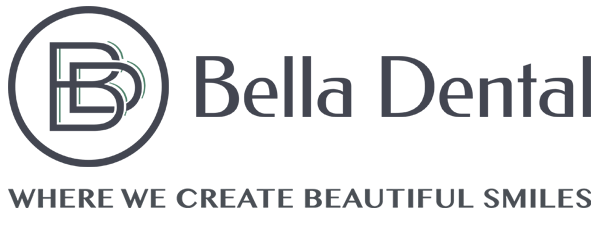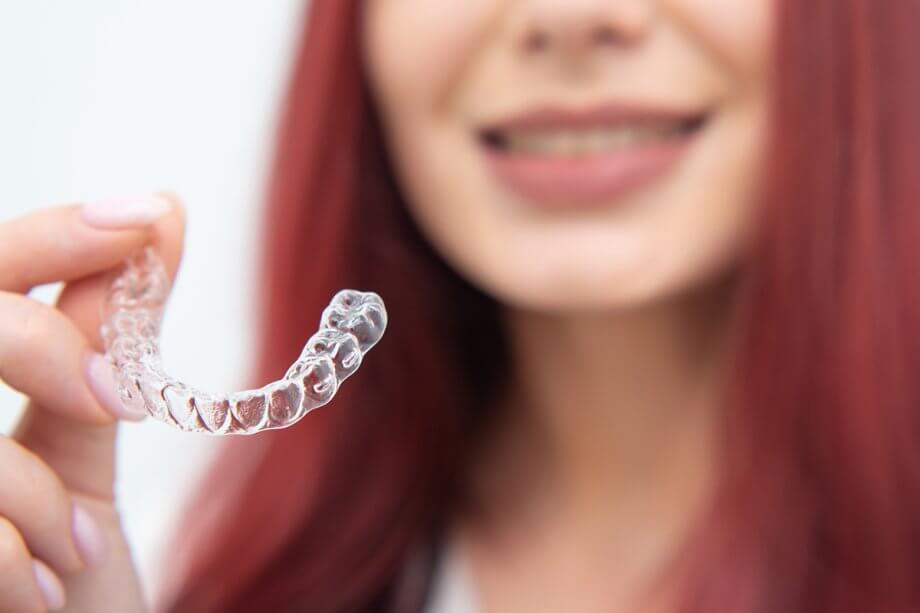Treating a dental misalignment with traditional metal wire and bracket braces can eventually result in a positive change to your appearance. However, during the time that you need to wear braces, you might not love the way they look in your mouth.
Consider asking your dentist about Invisalign or other similar treatment instead. According to a review of several studies in the journal Progressive Orthodontics, Invisalign is often as effective as traditional braces as a means of correcting minor and moderate alignment problems. However, Invisalign treatment is far more discreet than braces.
Only a qualified dental health professional can determine whether you’re a candidate for this treatment option. In the meantime, the general information in this overview may help you better understand whether Invisalign is right for you.
How Does Invisalign Work?
As the name implies, Invisalign treatment is virtually invisible. Instead of wearing wire and bracket braces, patients who undergo Invisalign treatment wear clear aligners. Said aligners are custom-designed to gradually push a patient’s teeth into position.
Benefits of Invisalign
Benefits Invisalign offers that traditional braces don’t offer include the following:
- No impact on appearance: Again, Invisalign aligners are transparent, meaning it’s practically impossible for anyone else to notice them in a patient’s mouth.
- Minimal diet restrictions: Patients may need to avoid eating certain foods while wearing braces. Invisalign patients remove their aligners before eating, allowing them to continue eating what they wish to eat during treatment.
- Easier brushing and flossing: Brushing and flossing with braces may prove somewhat challenging. Because patients can (and should!) remove Invisalign aligners before brushing and flossing, this isn’t an issue for them.
Invisalign treatment may also involve less discomfort than traditional orthodontic treatment. While an Invisalign patient can remove their aligners if they become uncomfortable, a patient with braces doesn’t have this option.
Who Is a Good Candidate for Invisalign?
An dental health specialist may consider the following key factors when determining whether a patient is a candidate for Invisalign treatment:
- Age: Invisalign is only for patients with all their adult teeth whose jaws have stopped growing. As such, Invisalign may not be right for children and older teens.
- Personal responsibility: Patients need to wear Invisalign aligners for a certain length of time every day for the aligners to deliver results. They must also keep their aligners clean, protect them from damage, and not misplace them. You need to honestly assess whether you’re responsible and disciplined enough to complete Invisalign treatment.
- Dental health: If a patient has dental or oral health issues such as cavities, gum disease, or other such conditions, a dentist will almost certainly recommend treating them first before a patient can be a candidate for Invisalign.
- Bite issue: Remember, Invisalign tends to be effective when a bite issue is mild or moderate in severity. A dentist may recommend braces if your misalignment is significant.
That last point is important. The best way to learn more about whether you’re a candidate for Invisalign is to meet with a dental health professional. They can evaluate your condition and determine what the ideal treatment option for your needs may be.
Learn More About Invisalign in New Jersey
With offices in Holmdel (732-739-3070), Brick (732-477-1335), and Oakhurst (732-531-8533), New Jersey, our team at Bella Dental can answer any questions you may have about Invisalign treatment. Call us today to request an appointment.

